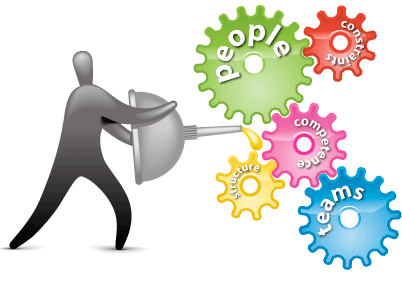 I recently had the pleasure of chatting with Lennie Noiles, an experienced agile coach and leadership mentor, on the significance of coaching supervision for agile coaches. Our conversation, recorded on Pi Day amidst a picturesque snowy backdrop (and shared as an Agile Uprising podcast), delved into the transformative power of coaching and the often-overlooked need for coaches themselves to receive coaching.
I recently had the pleasure of chatting with Lennie Noiles, an experienced agile coach and leadership mentor, on the significance of coaching supervision for agile coaches. Our conversation, recorded on Pi Day amidst a picturesque snowy backdrop (and shared as an Agile Uprising podcast), delved into the transformative power of coaching and the often-overlooked need for coaches themselves to receive coaching.
The Journey to Coaching Supervision
Lennie Noiles shared his 15-year journey in the agile world, which began with a role as an “agile project manager” and evolved into coaching teams and organizations. He highlighted a common request from leaders: “Will you come and fix my team?” This question often led to a realization that the issues were not with the teams but with the systems in which they operated. This insight propelled Lennie into leadership coaching, where he discovered a gap in the agile community: the lack of coaching for agile coaches themselves. (More on the topic of leadership)
Who’s Coaching the Coaches?
During his talks at agile events, Lennie noticed that only 1-2% of agile coaches had their own coaches. This sparked a discussion on the importance of coaching supervision, which differs from traditional coaching by focusing on the coach’s internal reflection and professional growth. Coaching supervision is about co-creating an experience where the coach examines their own practices, identifies blind spots, and explores how they can show up differently for their clients.
The Shift from Coaching to Supervision
Lennie explained that while coaching aims to move forward, supervision aims to go inward. The transition from coaching to supervision is a natural progression that occurs as the coach becomes more self-aware and ready to delve deeper into their own practices. This shift is often marked by the coach’s willingness to engage in self-reflection and their desire to improve how they serve their teams or organizations.
Nature-Based Coaching: A Walk in the Woods
An intriguing aspect of Lennie’s approach is his nature-based coaching, where he takes clients on walks in the woods to facilitate deep conversations away from distractions. This method leverages the physical act of walking, the therapeutic effects of nature, and the power of being present in the moment to foster profound insights and change.
The Impact of Coaching Supervision
Lennie shared a success story of an agile coach who, through supervision, learned to meet managers where they were, rather than where he wanted them to be. This shift in approach led to stronger relationships and more effective coaching. The engagement, which lasted a year with sessions every three weeks, demonstrated the lasting impact that coaching supervision can have on an agile coach’s practice.
Embracing the Virtual World
While Lennie prefers in-person, nature-based coaching, he has adapted to virtual settings by encouraging clients to walk outdoors during sessions or by walking himself to stay connected to the natural elements that inform his coaching.
Final Thoughts
As our conversation wrapped up, Lennie emphasized the importance of deep listening and being present with clients, whether in the woods or over technology. He also touched on the current state of the world, suggesting that we are in a period of transformation, seeking a new normal in how we work and live.
For those interested in exploring coaching supervision or nature-based coaching, Lennie Noiles can be reached through his website, lennienoiles.com, where he continues his mission to change the world one conversation at a time.
